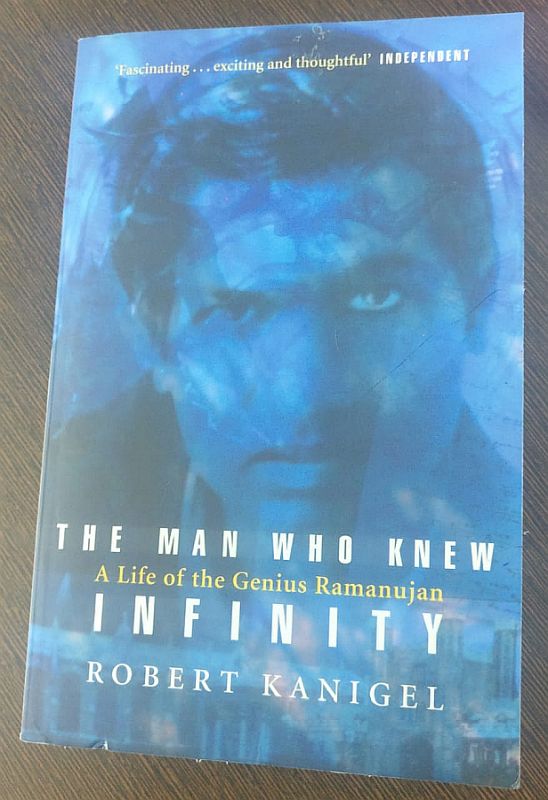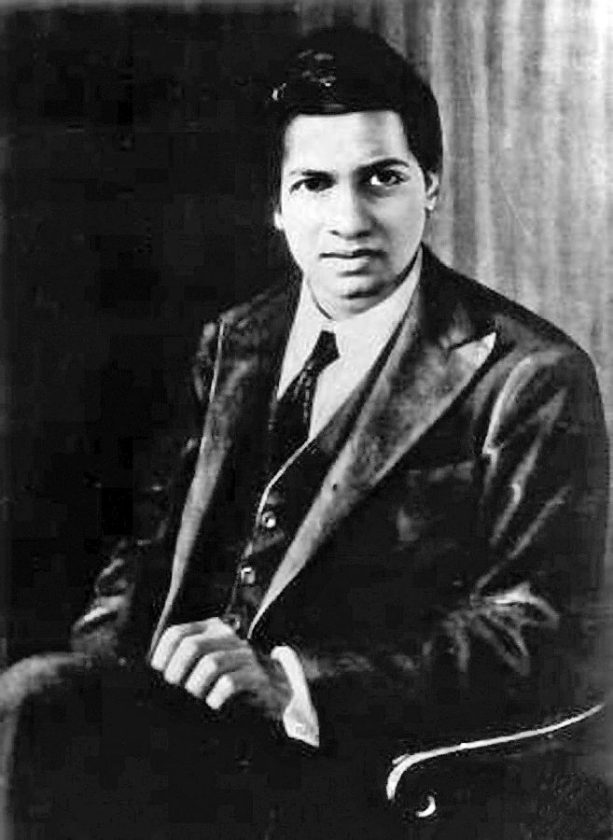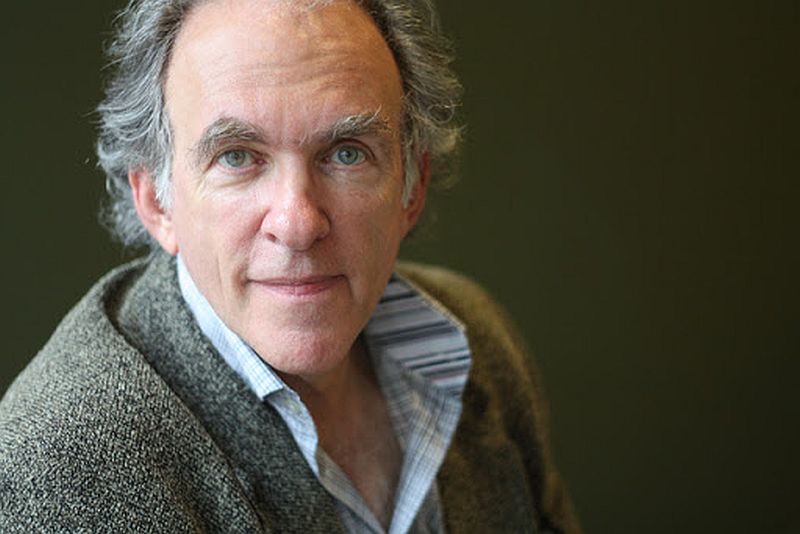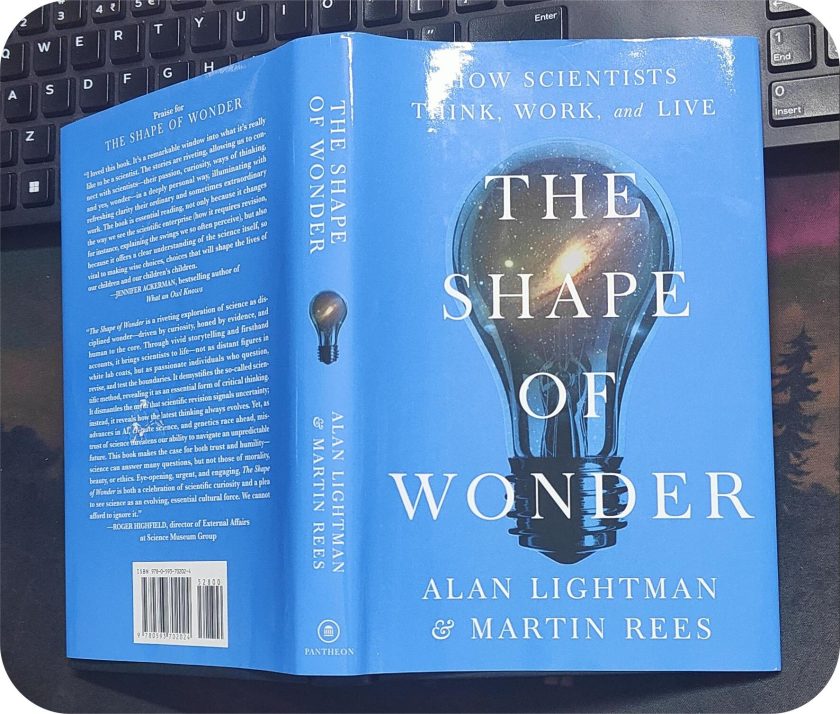As the title suggests, the biography is on the life of the self-taught mathematical prodigy Srinavasa Ramanujan Iyengar, through the lens of Robert Kanigel. Not only the book sheds light on the life and history of Ramanujan but we also get to know the lives of Godfrey Harold Hardy, his mentor in England and his friend John Edensor Littlewood.
Documentary style writing
The book is written in form of a documentary. Although the path of storytelling is linear but most of the times, the events are moving back and forth.
Detour to history
Interestingly, the author sprinkles historical references. Some of these are mentioned below:
- Kanigel gives reference to India’s contribution to mathematics, that is, the works of Aryabhata and Brahmagupta.
- Second such example is his detour to Greeks. The ethnic group emphasized on formal proofs, that is the result of step-by-step method. Indian mathematicians on the other hand were more oriented towards the results.
- While talking about the family history of G H Hardy and his inclination towards cricket, the author takes another detour and talks about the game’s (cricket) history.
- Kanigel also gave passing reference as to how the University of Cambridge was formed under Henry VIII in fourteenth century.
Ramanujan owed his mathematical gifts to his deity
Like any other biographical book, this one too starts with the protagonist’s childhood in his native town in Tamil Nadu, India where he was born in 22 December 1887. He had his mother’s strong influence throughout his lifetime. Since the beginning of his academic life, he owed his mathematical gifts to his deity, Goddess Namagiri.
Ramanujan and G. S. Carr
During 1903, he, then sixteen years of age, came across Synopsis of Pure Mathematics by G. S. Carr, which was written in 1886. This book “ignited a burst of single-minded intellectual activity.” After which he lost interest in nearly every other subject. He started to play with prime numbers, the building blocks. This was the time when he started looking patterns in mathematical theorems and equations. As a result of which, his only scholarship for obtaining a degree was taken away. He was torn and miserable. Eventually ran away from home in 1905, but not for long.
In 1905 and 1906 he tried again to earn a college degree but failed in both the attempts. He was left with nothing but mathematics. While experimenting with Carr’s theorems, he spun off new theorems.
It is because of his experiments with Carr’s theorems, he was able to discover mathematical properties of Bernoulli’s numbers.
An artist with numbers as medium
For Ramanujan, equations were tools to bring about new patterns. If he is considered as an artist, then numbers were his medium.
The infinity mathematical terrain occupied most of his cognition. And he was sure that numbers can take him to infinity.
During the next year, somewhere in 1908, sense of failure creeps in and he frantically started calling on influential men asking for job. Eventually he gets a temporary job in Madras Accountant General’s office. Work didn’t vex him as it was light and so he continued following his passion for numbers.
Letters to Cambridge University
With the support of Narayan Iyer and Ramchandra Rao, he started writing letters to leading mathematicians at Cambridge University. Initially, he wasn’t considered seriously but in 1913, Ramanujan received a “yes” from G H Hardy. In the same letter, Hardy asked for “proofs” of all his mathematical assertions.
When he was asked to visit London, Ramanujan initially showed his disinterest as crossing the waters were against orthodox religion. However, he agreed and the same year in landed England via Nevasa, one of the largest cruise ships built in the United Kingdom.
His viewpoints were tip of an iceberg
When Hardy saw Ramanujan’s notebooks, he realised, all his letters were just tip of an iceberg. Over all, he concluded that,
- Few of his results were wrong
- Some theories were not as profound as he thought them to be
- Some were independent discoveries of what western mathematicians had found fifty years before
- Two-thirds were breathtakingly new
- His two books were laden with thousands of theorems, corollaries and examples
Proof is more important than intuition
At first, Hardy had a tough time to make him understand the importance of proof as mere “intuition” is not what mathematician do. Gradually, Ramanujan absorbed new points of view and style of presenting his number theories.
Within the next two years, that is by 1915, his nine papers appeared in English journals. And in the spring of 1917, he became sick of some “incurable” disease. By 1919 his sickness compelled him to return to India where he died the very next year (1920) at the age of 32.
Even during his last year, he persisted to work on novel mathematical ideas and theorems.
In 1976, his lost work was discovered which consists of 135 pages of his last notebook.
Legacy
Ramanujan’s legacy of work consists of 4000 formulas in 400 pages in 3 volumes but without any commentary or proof.
He could easily see-through numbers and hence, came up with the concept of patterns in all his numbers and equations. He especially had a soft corner for prime numbers. As prime numbers give out some patters.
He could connect between things that otherwise seemed unconnected. For him, numbers were an objective reality and not abstract entity. And that numbers talk; they hint at something waiting for us to be discovered.
Takeaway: A classic tribute
Beautifully spun book around the life of Ramanujan and at the same time, it is not too heavy on mathematics. Although I personally took a detour to understand Bernoulli’s numbers, and his conclusion to infinite series.
Ramanujan’s life is a fountain of inspiration for generations to come. Many thanks to Robert Kanigel for putting it in the form of a masterpiece.






